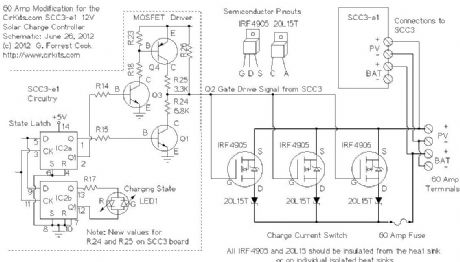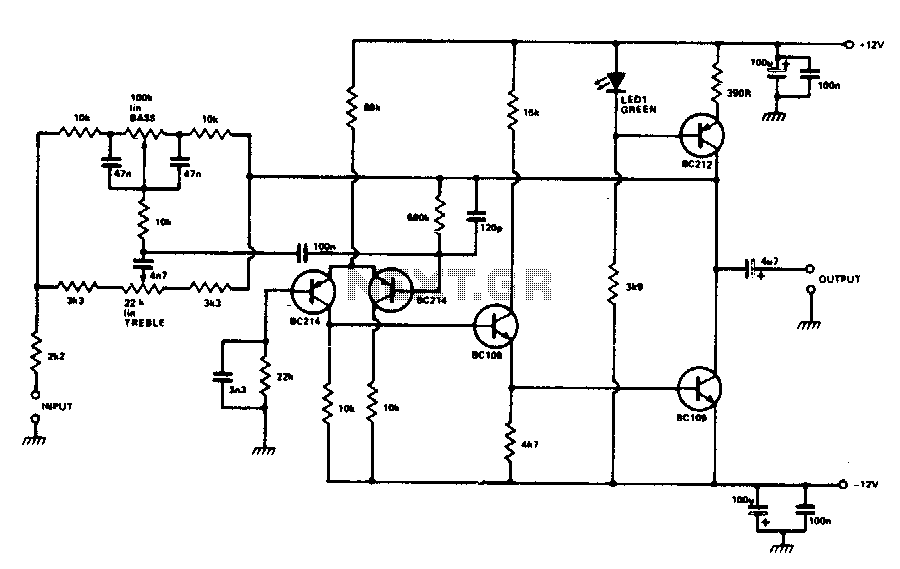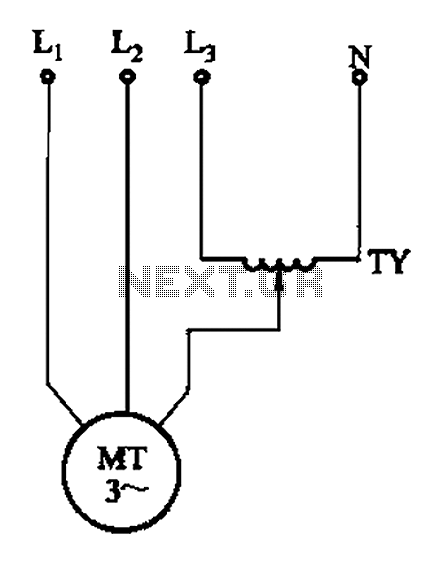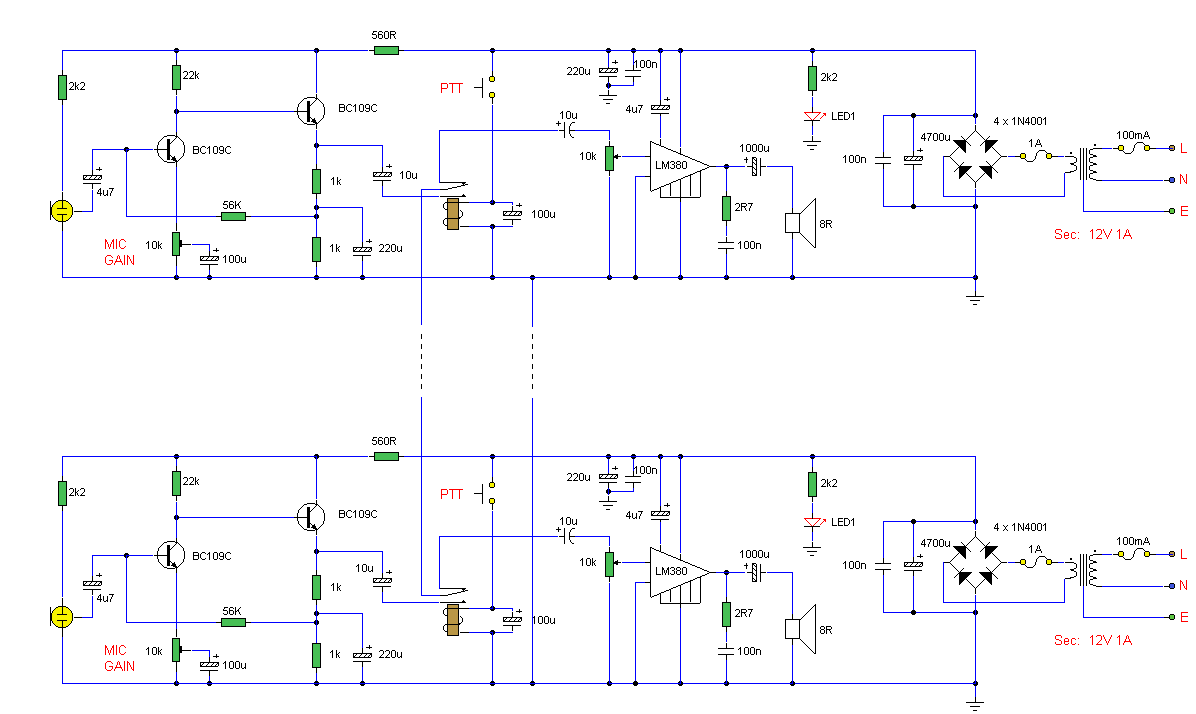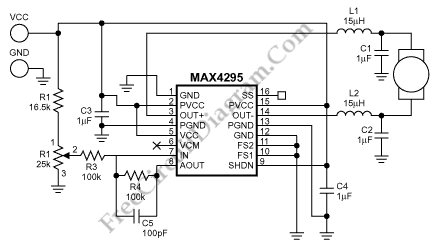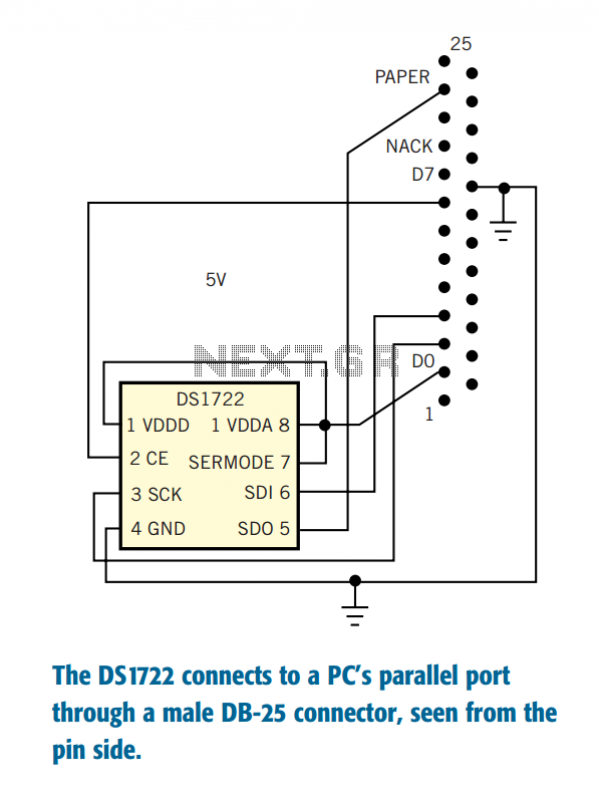
High speed sample and hold
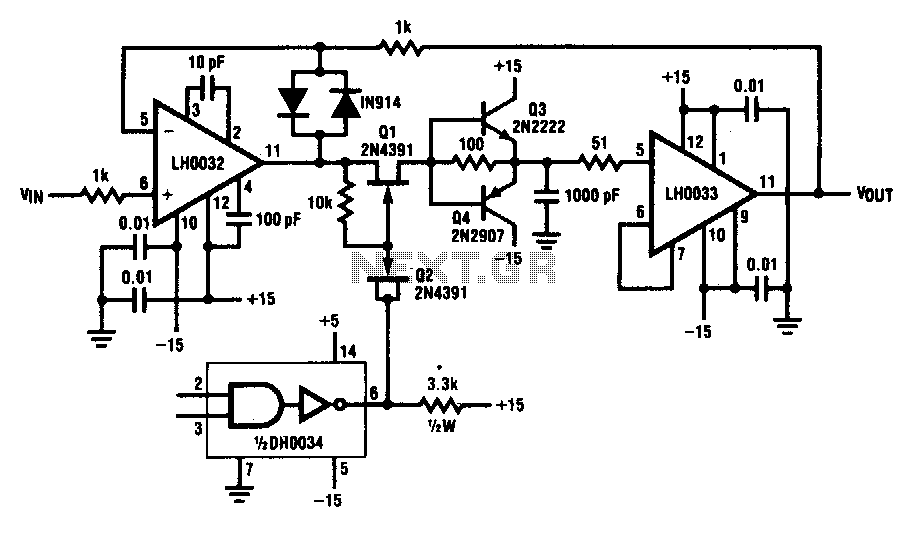
This circuit demonstrates a 10 V acquisition time of 900 ns with 0% accuracy and a droop rate of only 100 µV/ms at an ambient temperature of 25°C. A faster acquisition time can be achieved by using a smaller hold-capacitor value. Reducing the capacitor value from 1000 pF to 220 pF results in an improved acquisition time of 500 ns for a 10 V step. However, this modification leads to an increase in the droop rate to 500 µV/ms.
The circuit under discussion operates as a sample-and-hold circuit, which is designed to capture and maintain the voltage level of an input signal for a specified duration. The acquisition time represents the duration it takes for the circuit to accurately sample the input voltage before transitioning to hold mode. In this case, the circuit achieves a respectable acquisition time of 900 ns for a 10 V input, indicating a rapid response to input changes.
The droop rate is a critical parameter that signifies how quickly the held voltage decreases over time due to leakage currents or other factors. With a droop rate of 100 µV/ms at 25°C, the circuit maintains the sampled voltage with minimal degradation during the hold period. This performance is crucial in applications where precision and stability are required.
By adjusting the hold-capacitor, the circuit can achieve even faster acquisition times. The hold-capacitor is integral to the circuit's operation, as it stores the sampled voltage. A reduction in the capacitor value from 1000 pF to 220 pF results in an acquisition time improvement to 500 ns. This enhancement is significant for applications requiring rapid signal processing.
However, this modification comes with a trade-off. The droop rate increases to 500 µV/ms, indicating that while the circuit can sample faster, the voltage level held may decrease more rapidly. This aspect must be carefully considered when designing circuits for specific applications, as it affects the overall accuracy and reliability of the sampled signal.
In summary, the performance characteristics of this circuit, including acquisition time and droop rate, can be finely tuned by selecting appropriate values for the hold-capacitor, thereby balancing speed and voltage stability according to the requirements of the application.This circuit exhibits a 10 V acquisition time of 900 ns to 0% accuracy and a droop rate of only 100 µ-V/ms at 25° C ambient condition. An even faster acquisition time can be obtained using a smaller value hold-capacitor. By decreasing the value from 1000 pF to 220 pF, the acquisition time improves to 500 ns for a 10 V step
However, the droop rate increases to 500 /AV/ms. 🔗 External reference
The circuit under discussion operates as a sample-and-hold circuit, which is designed to capture and maintain the voltage level of an input signal for a specified duration. The acquisition time represents the duration it takes for the circuit to accurately sample the input voltage before transitioning to hold mode. In this case, the circuit achieves a respectable acquisition time of 900 ns for a 10 V input, indicating a rapid response to input changes.
The droop rate is a critical parameter that signifies how quickly the held voltage decreases over time due to leakage currents or other factors. With a droop rate of 100 µV/ms at 25°C, the circuit maintains the sampled voltage with minimal degradation during the hold period. This performance is crucial in applications where precision and stability are required.
By adjusting the hold-capacitor, the circuit can achieve even faster acquisition times. The hold-capacitor is integral to the circuit's operation, as it stores the sampled voltage. A reduction in the capacitor value from 1000 pF to 220 pF results in an acquisition time improvement to 500 ns. This enhancement is significant for applications requiring rapid signal processing.
However, this modification comes with a trade-off. The droop rate increases to 500 µV/ms, indicating that while the circuit can sample faster, the voltage level held may decrease more rapidly. This aspect must be carefully considered when designing circuits for specific applications, as it affects the overall accuracy and reliability of the sampled signal.
In summary, the performance characteristics of this circuit, including acquisition time and droop rate, can be finely tuned by selecting appropriate values for the hold-capacitor, thereby balancing speed and voltage stability according to the requirements of the application.This circuit exhibits a 10 V acquisition time of 900 ns to 0% accuracy and a droop rate of only 100 µ-V/ms at 25° C ambient condition. An even faster acquisition time can be obtained using a smaller value hold-capacitor. By decreasing the value from 1000 pF to 220 pF, the acquisition time improves to 500 ns for a 10 V step
However, the droop rate increases to 500 /AV/ms. 🔗 External reference
